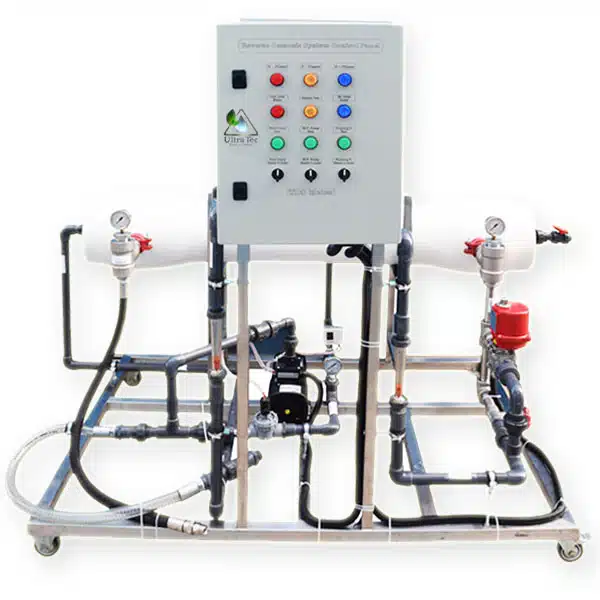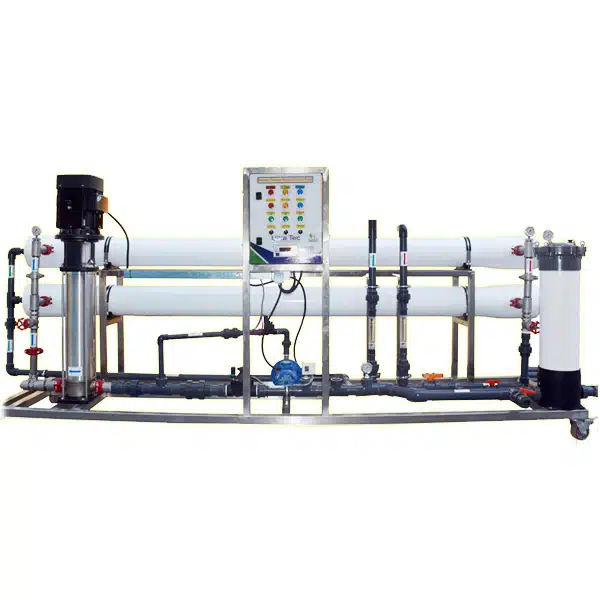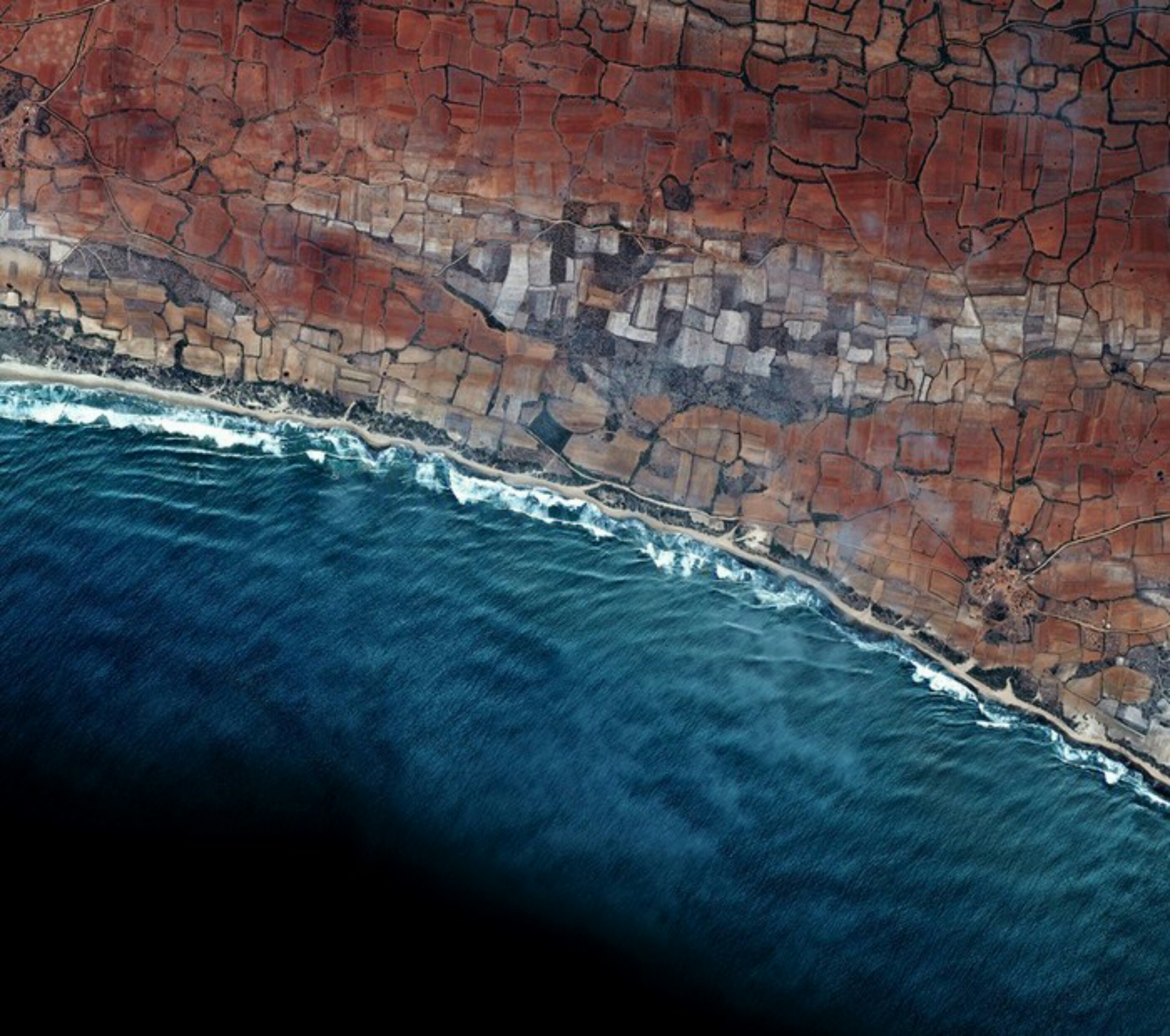Sea Water RO Plant
A 4,000-gallon-per-day (GPD) sea water reverse osmosis (RO) plant is a medium-sized water treatment system that is designed to produce purified water from seawater. RO systems work by using a semipermeable membrane to remove ions, molecules, and larger particles from water, making it possible to purify seawater and other types of non-potable water.
It is likely to be a complex and sophisticated system, with a number of components, including pumps, filters, and a control panel, to ensure that it operates effectively and efficiently.




